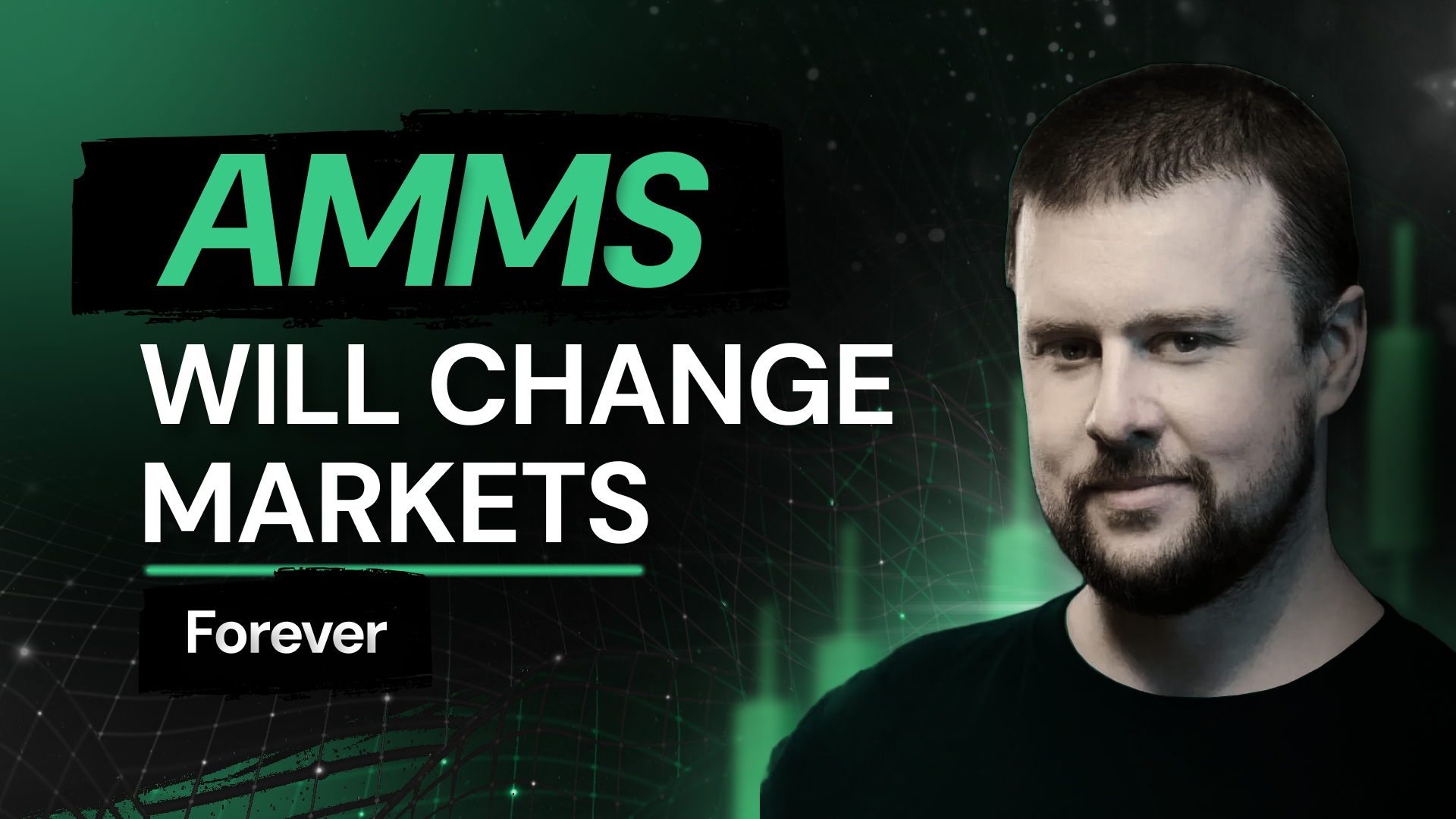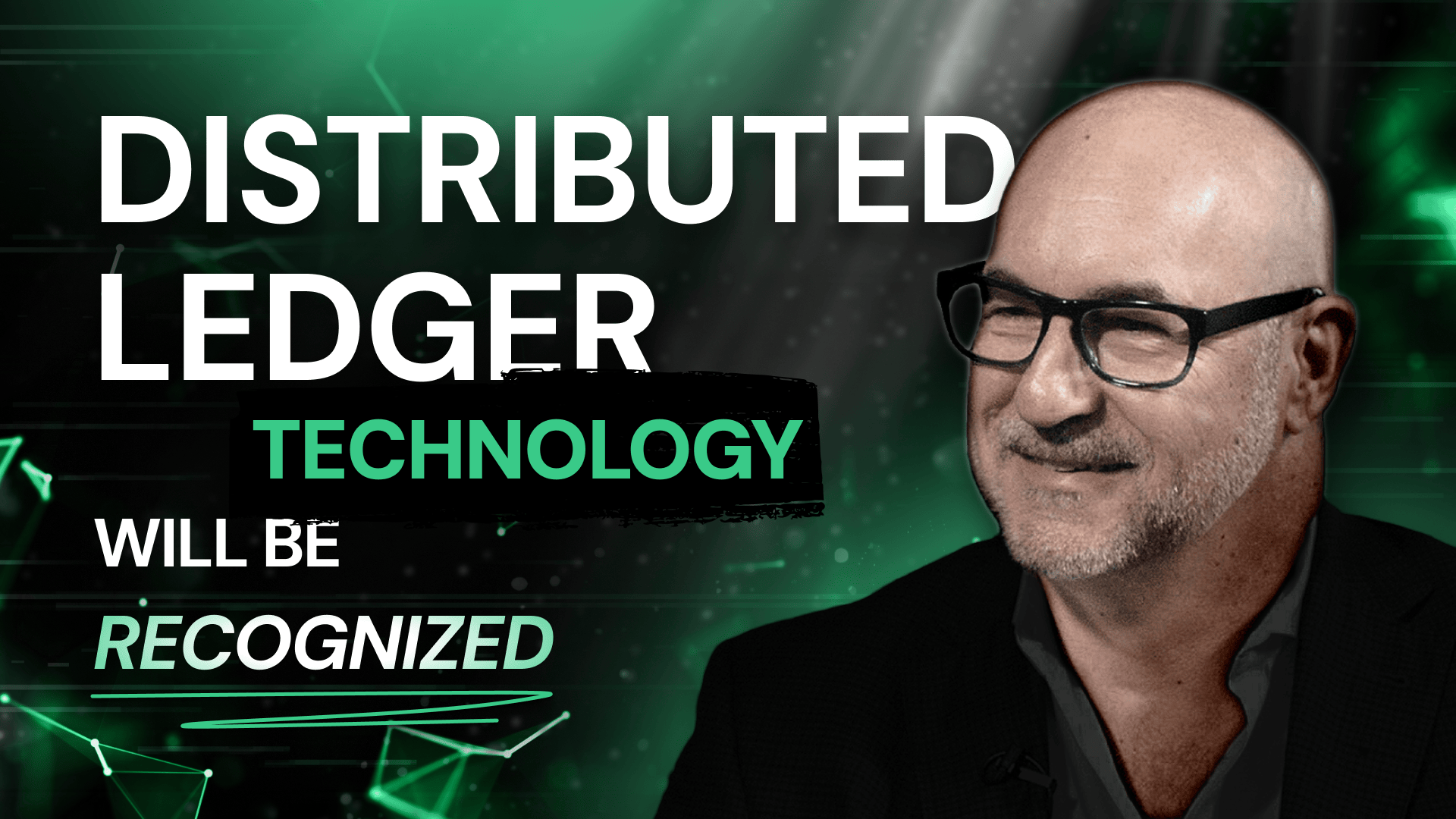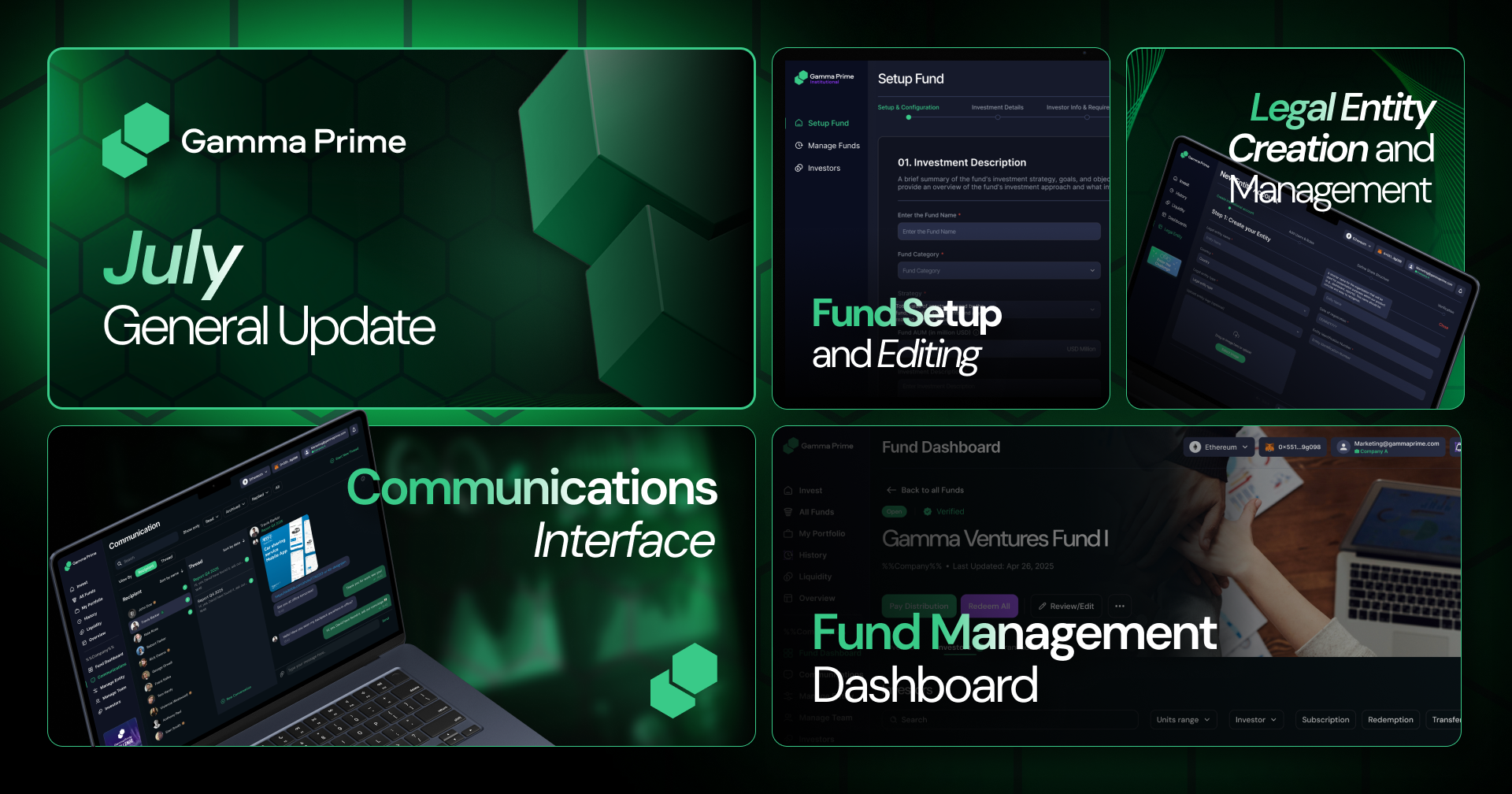Watch the full episode on Gamma Prime’s YouTube channel
Interview with Mark Richardson, Project Lead at Bancor
This time, we delve into a comprehensive conversation with Mark Richardson from Bancor, recorded at the Capital Markets Tokenization Summit.
We had time to cover a lot of things, and especially what concerns Automated Market Makers. In this interview, Mark delves into AMMs with some very curious examples.
Korath
Can you describe what AMM means for the non-crypto native?
Mark
So it’s not difficult to understand. It’s basically if we take a certain number of things, you then have a look at how much you have of one of them, how much you have of another one, multiply them together, and as long as that product stays constant, then you can allow people to interact with that exchange.
So imagine a DeFi version of the precious metal markets. Let’s say 12 silver bars on one side and one gold bar on the other side. We do the product — there are 12 bars in total. So if someone wants to come in and sell some gold, they can put one gold bar down and extract six silver bars from the other side, because now we’ve got two times six. That effectively gives you a quote price.
The people exchanging their bars with that algorithm are then discovering the price of those things versus each other.
Korath
Interesting. So it’s a little different than direct supply and demand like the direct market?
Mark
Well, it’s an abstraction of supply and demand. As demand for silver improves, the reserve of silver will diminish, and the supply of gold will increase on the other side.
That’s just silver and gold, but then you can imagine putting U.S. dollars in that system as well, or maybe euros. You compare all of these things together, discovering their exchange rates.
The way it’s set up is not to prescribe a numeraire. In a traditional centralized exchange, like Binance or Coinbase, they will say: in Coinbase’s case, we prefer USDC. The Bitcoin price, the Ethereum price, is always denominated in USDC. If you go to Bittrex, they prefer USDT. Everything is quoted versus USDT. Very few centralized exchanges will let you trade one meme coin versus another.
Korath
Unless you’ve got a third thing to price them against.
Mark
Exactly. You have to go into USDC and then back out into another.
Whereas with the AMM concept, especially the n-dimensional version, there’s no requirement to have any specific numeraire. These things are always discovering a price versus each other, and you don’t need to have a permanent numeraire.
Korath
So, that cuts down on transactions and makes things more efficient?
Mark
What it really does is make the marketplace less prescriptive. When exchanges require USDC or USDT, that creates an artificial demand for those stable tokens,
Korath
Like gas?
Mark
Exactly. Whereas if you can just price something versus something else arbitrarily, then it’s much more free. The freedom of those kinds of markets is a lot more interesting.
One of the parallels I usually describe is imagining a version of eBay. Maybe someone is selling a PlayStation, and eBay says: you can put up your console and a listing price, and people can choose if they want to take that price or not. But imagine if someone said: I’m putting up my PlayStation, and I want a Nintendo in return. They quote how many PlayStations they’re willing to trade for a certain number of Nintendos. The quote price can be arbitrary.
Imagine that kind of version of eBay and how flexible that would be. AMM gives you that kind of flexibility.
Korath
And using different products to pay, essentially.
Mark
Anything people value. Meme tokens are that long tail people talk about.
Korath
The long tail of blockchain?
Mark
Yes. That’s the bespoke content that only appeals to a niche audience, but you still want to be able to provide markets for that niche audience.



